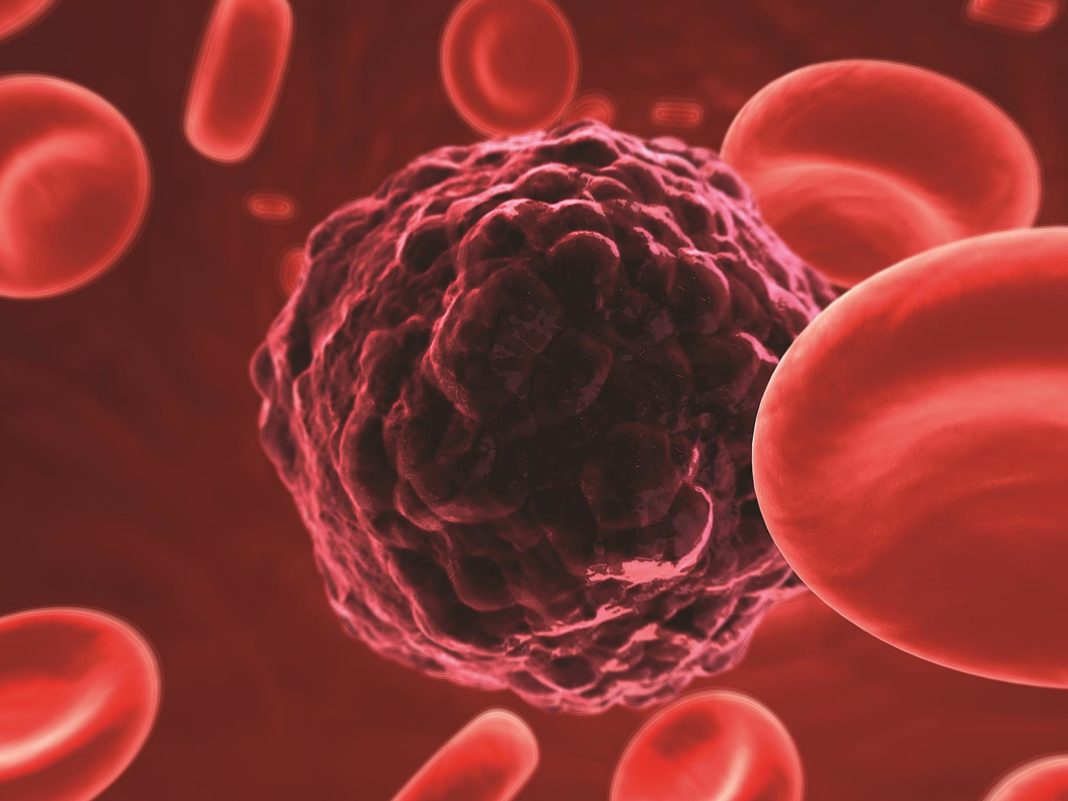A group of Japanese researchers at Kanazawa University have uncovered new insights into the nature of metastatic cancer cells. Most tumors consist of a heterogenous mix of cells. Genetic mutations found only in some of these cells are known to aid with cancer’s spread and progression. However, oncologists often find that when tumors metastasize to distant organs, they retain this heterogenous nature, a phenomenon called polyclonal metastasis. This mechanism, by which nonmetastatic cells accompany the metastatic cells, is ambiguous. Yet, the Kanazawa research team has published new findings to explain how nonmetastatic cells begin their long commute.
Findings from the new study were published recently in Nature Communications through an article titled, “Malignant subclone drives metastasis of genetically and phenotypically heterogenous cell clusters through fibrotic niche generation.”
“Colorectal cancer (CRC) is a leading cause of cancer-related death globally, and the majority of cancer-related deaths are caused by metastasis,” the authors wrote. “It is therefore important to understand the molecular and cellular mechanisms underlying metastasis in order to establish a clinical strategy to overcome cancer mortality. A concept of polyclonal metastasis has recently been proposed, wherein tumor cell clusters break off from the primary site and are disseminated. However, the involvement of driver mutations in such polyclonal mechanism is not fully understood.”
Previously, the scientists developed various cancerous mutants of mice and analyzed them closely to reveal which cancer cells inherently spread and which do not. It was found that cells with four mutations, colloquially termed AKTP, were the most fatal. When these cells were transplanted into the spleens of mice, they migrated to and formed colonies in the livers within three days. In contrast, cells with two mutations, AK and AP, could not traverse this distance.
To replicate polyclonal metastasis, AP cells were then co-transplanted with AKTP cells, and voila, both cell types indeed moved into the livers. Instead, when AP cells were injected into the blood (without prior exposure to the AKTP cells), they could not metastasize. Certain processes seemed to be at play when the cells were incubated together.
Next, AKTP cells within the liver tumors were killed to see how closely that affected the AP cells. The AP cells continued thriving and grew into larger tumors suggesting they did not need the AKTP cells anymore. Thus, at some point in the journey from the spleen to the liver, the AP cells turned dangerous. To identify this point, the researchers traced back the chain of events.
“We showed that nonmetastatic AP cells metastasize to the liver with metastatic AKTP cells after co-transplantation to the spleen. Furthermore, AKTP cell depletion after the development of metastases results in the continuous proliferation of the remaining AP cells, indicating a role of AKTP cells in the early step of polyclonal metastasis,” the authors noted. “Importantly, AKTP cells, but not AP cells, induce fibrotic niche generation when arrested in the sinusoid, and such fibrotic microenvironment promotes the colonization of AP cells.”

“These results indicate that nonmetastatic cells can metastasize via the polyclonal metastasis mechanism using the fibrotic niche induced by malignant cells,” concluded the researchers. “Thus, targeting this fibrotic niche might be a promising strategy to keep the spread of solid tumors in check.”


